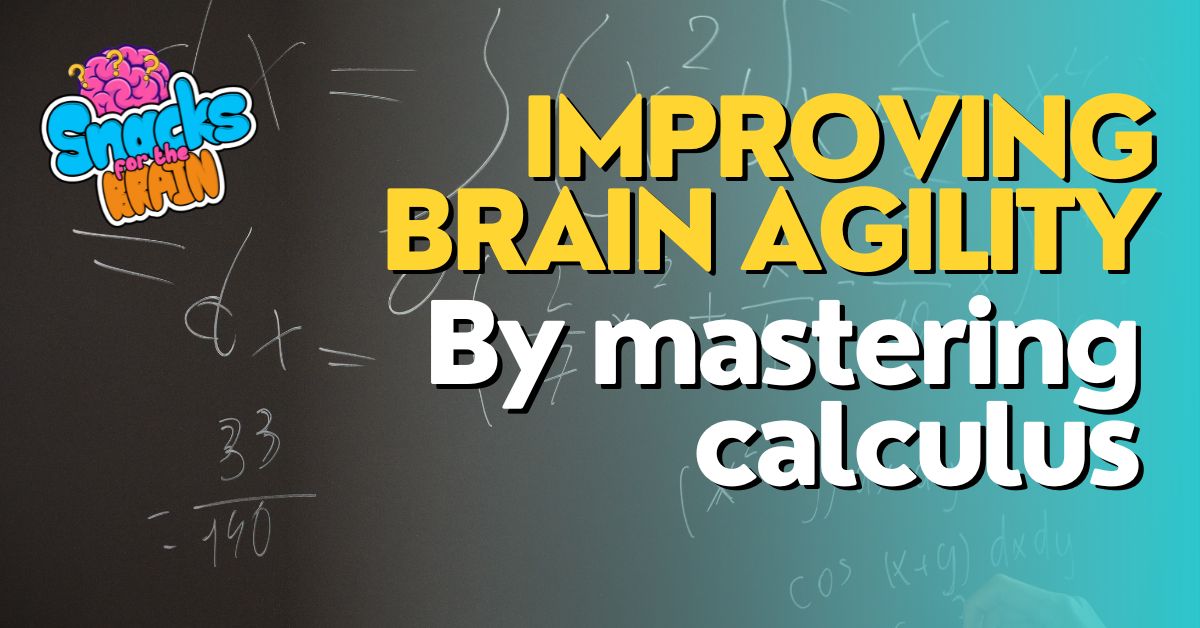Design Thinking is a problem-solving approach that focuses on understanding the needs and desires of users in order to create innovative solutions. It is a human-centered approach that emphasizes empathy, collaboration, and experimentation. Design Thinking is important because it allows individuals and organizations to tackle complex problems and come up with creative solutions.
One example of successful Design Thinking application is the redesign of the healthcare experience. By using Design Thinking principles, healthcare providers have been able to improve patient satisfaction, reduce wait times, and enhance the overall experience for patients. Another example is the design of user-friendly technology products. Companies like Apple have used Design Thinking to create intuitive and aesthetically pleasing products that meet the needs of their users.
Key Takeaways
- Design thinking is a problem-solving approach that focuses on understanding the needs of users and creating innovative solutions.
- The five stages of design thinking are empathize, define, ideate, prototype, and test.
- Empathy mapping helps designers understand the emotions, behaviors, and needs of their target audience.
- Ideation techniques such as brainstorming and mind mapping can help generate creative solutions.
- Rapid prototyping allows designers to quickly test and refine their ideas before finalizing a solution.
The Five Stages of Design Thinking: A Step-by-Step Guide
The five stages of Design Thinking are Empathize, Define, Ideate, Prototype, and Test.
Empathize: In this stage, designers seek to understand the needs and pain points of the users. This involves conducting interviews, observations, and surveys to gather insights about the users’ experiences.
Define: Once designers have gathered insights from the empathize stage, they define the problem statement. This involves synthesizing the information collected and identifying the key challenges that need to be addressed.
Ideate: In this stage, designers generate creative solutions to the defined problem statement. This involves brainstorming sessions, mind mapping, and other ideation techniques to come up with a wide range of ideas.
Prototype: After generating ideas, designers build prototypes to test their solutions. Prototypes can be physical models or digital simulations that allow designers to gather feedback from users and make improvements.
Test: In the final stage, designers test their prototypes with users to gather feedback and refine their solutions. This iterative process allows designers to make continuous improvements based on user feedback.
Empathy Mapping: Understanding Your Target Audience
Empathy Mapping is a technique used in Design Thinking to gain a deeper understanding of the target audience. It involves creating a visual representation of the users’ thoughts, feelings, and behaviors.
To conduct Empathy Mapping, designers gather insights from interviews, observations, and other research methods. They then create a visual representation of the users’ needs, pain points, motivations, and aspirations. This helps designers to empathize with the users and gain a deeper understanding of their experiences.
Empathy Mapping has several benefits in Design Thinking. It helps designers to develop a user-centered perspective, which is essential for creating solutions that meet the needs of the users. It also helps designers to identify opportunities for innovation and come up with creative solutions that address the users’ pain points.
Ideation Techniques: Generating Creative Solutions
Ideation Techniques are used in Design Thinking to generate a wide range of creative solutions to a defined problem statement. There are several techniques that can be used for ideation, including brainstorming, mind mapping, and the SCAMPER technique.
Brainstorming is a technique that involves generating as many ideas as possible in a short amount of time. It encourages participants to think freely and come up with unconventional ideas. Mind mapping is a technique that involves creating a visual representation of ideas and their relationships. It helps participants to organize their thoughts and generate new ideas based on existing ones. The SCAMPER technique is an acronym that stands for Substitute, Combine, Adapt, Modify, Put to another use, Eliminate, and Reverse. It is a structured approach to ideation that encourages participants to think creatively by asking questions about each element of an idea.
Ideation Techniques are important in Design Thinking because they help designers to think outside the box and come up with innovative solutions. They encourage collaboration and creativity, which are essential for solving complex problems.
Rapid Prototyping: Testing and Refining Your Ideas
Rapid Prototyping is a technique used in Design Thinking to quickly build and test prototypes of solutions. It involves creating a physical or digital representation of the solution and gathering feedback from users.
There are several techniques that can be used for Rapid Prototyping, including 3D printing, paper prototyping, and digital simulations. 3D printing allows designers to quickly create physical models of their solutions, while paper prototyping involves creating low-fidelity prototypes using paper and other materials. Digital simulations allow designers to create interactive prototypes that simulate the user experience.
Rapid Prototyping is important in Design Thinking because it allows designers to test their ideas and gather feedback from users early in the design process. This iterative approach helps designers to make continuous improvements and ensure that their solutions meet the needs of the users.
Design Thinking in Business: Benefits and Applications

Design Thinking has been successfully applied in various business contexts. One example is the redesign of customer experiences. By using Design Thinking principles, companies have been able to improve customer satisfaction, increase loyalty, and drive business growth. Another example is the design of innovative products and services. Companies like Airbnb and Uber have used Design Thinking to disrupt traditional industries and create new business models.
The benefits of Design Thinking in business are numerous. It helps companies to better understand their customers and create solutions that meet their needs. It also fosters innovation and creativity, which are essential for staying competitive in today’s fast-paced business environment. Additionally, Design Thinking encourages collaboration and cross-functional teamwork, which can lead to more effective problem-solving.
To implement Design Thinking in business, companies should start by creating a culture of innovation and empathy. This involves encouraging employees to think creatively, take risks, and embrace failure as a learning opportunity. Companies should also invest in training programs and resources that help employees develop their Design Thinking skills.
Design Thinking in Education: Fostering Innovation and Critical Thinking
Design Thinking has also been successfully applied in education to foster innovation and critical thinking. One example is the redesign of the classroom experience. By using Design Thinking principles, educators have been able to create more engaging and interactive learning environments. Another example is the design of educational programs and curricula. Design Thinking can help educators to create learning experiences that are relevant, meaningful, and impactful.
The benefits of Design Thinking in education are significant. It helps students to develop critical thinking skills, problem-solving skills, and creativity. It also encourages collaboration and teamwork, which are essential for success in the 21st century. Additionally, Design Thinking helps students to develop empathy and a user-centered perspective, which are important for understanding the needs of others.
To implement Design Thinking in education, educators should start by creating a culture of innovation and experimentation. This involves encouraging students to think creatively, take risks, and embrace failure as a learning opportunity. Educators should also provide opportunities for students to collaborate on real-world projects and solve complex problems.
Design Thinking and User Experience: Creating User-Centered Design
User-Centered Design is a design approach that focuses on creating solutions that meet the needs of the users. It is closely related to Design Thinking, as both approaches emphasize empathy and understanding the users’ needs.
User-Centered Design involves conducting user research, creating personas, and conducting usability testing. User research involves gathering insights about the users’ needs, goals, and behaviors through interviews, observations, and surveys. Personas are fictional characters that represent different user types and help designers to understand their needs and motivations. Usability testing involves testing the solution with users to gather feedback and make improvements.
The benefits of User-Centered Design in Design Thinking are significant. It helps designers to create solutions that are intuitive, easy to use, and meet the needs of the users. It also reduces the risk of failure by ensuring that the solution is tested and validated with users before it is launched.
To create User-Centered Design, designers should involve users throughout the design process. This involves conducting user research, creating personas, and conducting usability testing. Designers should also iterate on their designs based on user feedback and continuously improve the solution.
Overcoming Challenges in Design Thinking: Common Pitfalls and Solutions
Design Thinking is not without its challenges. Common challenges include a lack of time and resources, resistance to change, and a fear of failure. However, there are solutions to overcome these challenges.
One solution is to create a culture of innovation and experimentation. This involves encouraging employees or students to think creatively, take risks, and embrace failure as a learning opportunity. It also involves providing the necessary time and resources for Design Thinking projects.
Another solution is to involve stakeholders throughout the design process. This helps to build buy-in and support for the Design Thinking approach. It also ensures that the solution meets the needs of all stakeholders.
Finally, it is important to have a clear problem statement and defined goals for the Design Thinking project. This helps to focus the efforts of the team and ensure that they are working towards a common objective.
Future of Design Thinking: Emerging Trends and Innovations
The future of Design Thinking is promising, with several emerging trends and innovations on the horizon. One trend is the integration of technology in the design process. Virtual reality, augmented reality, and artificial intelligence are being used to enhance the Design Thinking experience and create more immersive and interactive solutions.
Another trend is the focus on sustainability and social impact. Design Thinking is being used to address global challenges such as climate change, poverty, and inequality. Designers are using their skills to create solutions that are environmentally friendly, socially responsible, and economically viable.
To stay up-to-date with the latest trends and innovations in Design Thinking, individuals and organizations can attend conferences, workshops, and webinars. They can also join professional networks and online communities to connect with other designers and share best practices.
In conclusion, Design Thinking is a powerful problem-solving approach that can be applied in various fields. By following the five stages of Design Thinking, conducting Empathy Mapping, using Ideation Techniques, Rapid Prototyping, and User-Centered Design, businesses and educators can foster innovation and critical thinking. Overcoming common challenges in Design Thinking and staying up-to-date with the latest trends and innovations can help individuals and organizations achieve success in their endeavors.
If you’re interested in enhancing your problem-solving skills, you might also find this article on “Techniques to Improve Your Memory” helpful. Memory plays a crucial role in the creative problem-solving process, as it allows us to recall relevant information and make connections between different ideas. Check out this article on intelligencesnhacks.com to discover practical tips and tricks for boosting your memory power.
FAQs
What is Design Thinking?
Design Thinking is a problem-solving approach that involves understanding the needs and perspectives of users, generating creative ideas, and prototyping and testing solutions.
What are the key principles of Design Thinking?
The key principles of Design Thinking include empathy, ideation, prototyping, and testing. These principles help designers to understand the needs of users, generate a wide range of ideas, and test and refine solutions.
What are the benefits of using Design Thinking?
Design Thinking can help organizations to develop innovative solutions that meet the needs of users. It can also help to improve collaboration and communication within teams, and to create a culture of experimentation and learning.
What are the stages of the Design Thinking process?
The stages of the Design Thinking process include empathize, define, ideate, prototype, and test. These stages help designers to understand the needs of users, define the problem they are trying to solve, generate a wide range of ideas, and test and refine solutions.
How can Design Thinking be applied in different industries?
Design Thinking can be applied in a wide range of industries, including healthcare, education, finance, and technology. It can be used to develop new products and services, improve existing processes, and solve complex problems.
What are some examples of successful Design Thinking projects?
Some examples of successful Design Thinking projects include the development of the Apple iPod, the redesign of the Chicago Transit Authority’s bus system, and the creation of the Airbnb platform. These projects all involved a deep understanding of user needs and a focus on creating innovative solutions.






